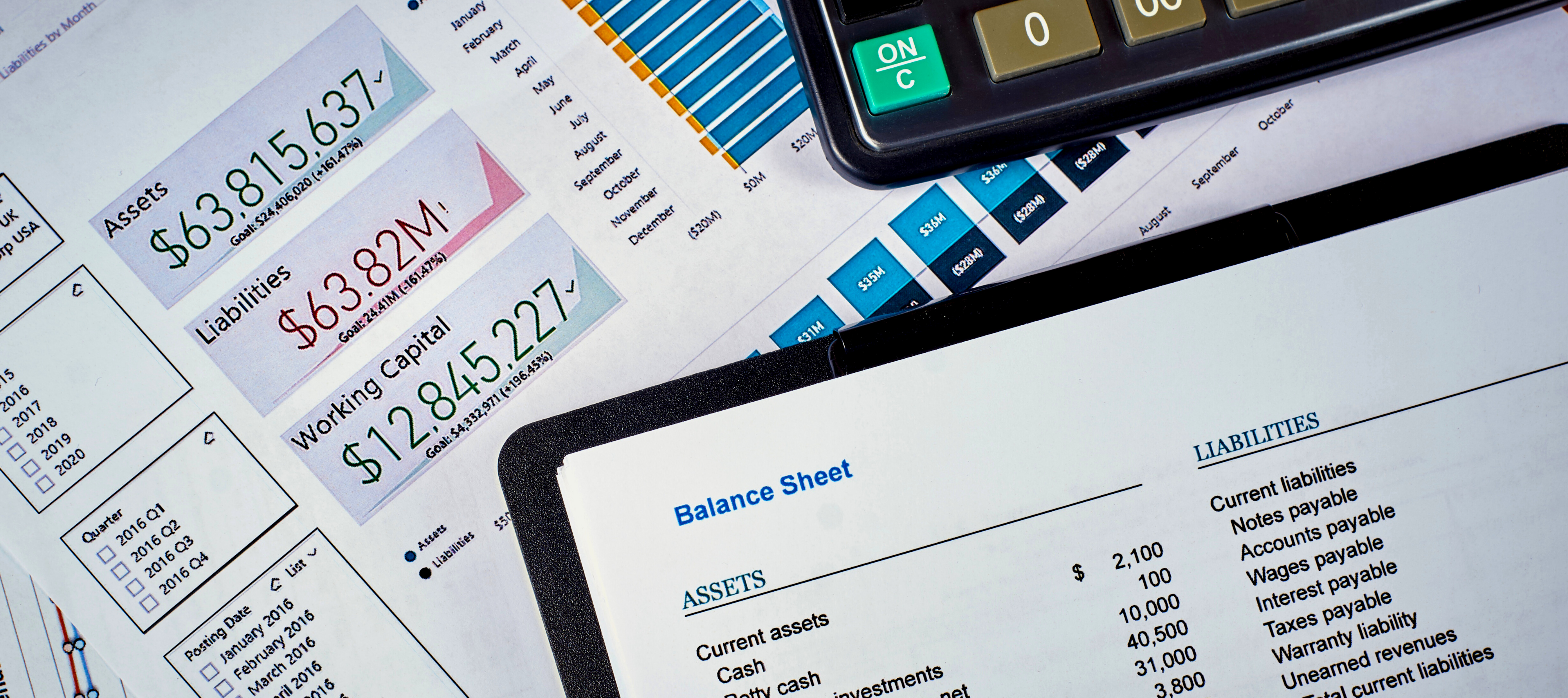Be Proactive Rather than Reactive in Hard Financial Times

Author(s): Tarrah Hardin
Published: July 28th, 2020
Shareable PDF
When facing hard financial times, like the ones we are currently facing, it is very easy to sit back and let the cards fall and hope that they are in your favor. This approach is very risky and most of the time will not end the favor of the one being reactive to the situation. The past two years have made many producers face some hard decisions about their operation and moving forward. This year has not helped matters any when it comes to farm finances and looking forward to 2021 does not seem to be the bright spot we all need. Yet, looking forward and being proactive about where you stand financially can help.
One way producers can be proactive is to start looking at their outstanding debt. With interest rates being an all-time low, now is the time to capitalize on the opportunity to refinance debt. Not only will refinancing your debt help in the current year but will also help you save money in the future and will help with cash flow. For most, this is also not the time to take on new debt considering how tight farm finances are. The goal right now with debt should be to pay down when possible and restructure so that you put yourself in the best position you can moving forwarding. If refinancing debt is something that might help you, start with good communication with your lender! Lenders are more than happy to work with people if they know upfront what the situation is. Being proactive rather than reactive when it comes to debt is better for everyone that is involved.
In the past couple of years, producers have seen their equity decrease each year. This happens when total assets decreases and total liabilities either stay the same or increase. For each business, there is a certain amount of time that they have to go through their equity, which can be calculated. With the current conditions, producers will be facing a hard decision as to how much equity they are comfortable with burning through. There are ways to slow down the burn rate but they need to be proactive on this. Most people have worked hard over the years to build the equity they have and most have been farming off their equity for the past couple of years. There will come a point that producers will have to decide at what point do they exit farming with what equity they can.
In current conditions, it is never too early to start thinking about the year ahead. No one expected to have this many hard financial years in a row and it has certainly taken a toll on everyone in the industry. Moving forward producers need to be proactive with their situation, do not wait until it is too late to do something about your financial standing. Lenders will have more flexibility if you come to them early on rather than waiting until it is just too late. If you need help with your farm records, Kentucky Farm Business Management can help with this. There are 4 Associations across the state with Specialists willing to help producers that need guidance.
Author(s) Contact Information:
Tarrah Hardin | KFBM Area Extension Specialist | tarrah.hardin@uky.edu
Want to read more from our extension team? Check out our recent articles.
Crop Insurance as a Tool for Managing Farm Risk
July 28th, 2020
Crop insurance was authorized by Congress in the 1930s on an experimental basis to insure against crop loss from “unavoidable perils beyond the farmer's control.” This article illustrates the importance of crop insurance as a risk management tool using data from crop farms participating in the Kentucky Farm Business Management (KFBM) program for 2010-2019.
Sacred Cows and Stocking Rates
July 28th, 2020
“How could having fewer cows, and selling fewer calves possibly make you more money?” This beef cattle farmer is focusing on the revenue side of the profit equation. What the farmer is not considering is how much the cost side of the equation could go down by stocking at a lower rate.
